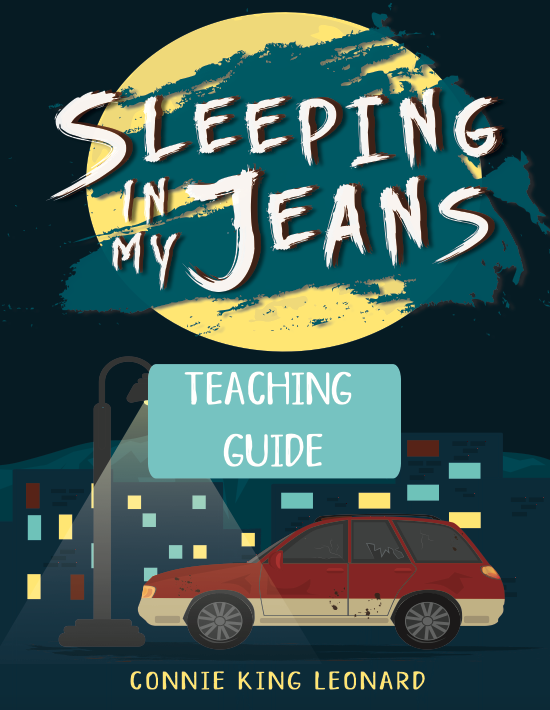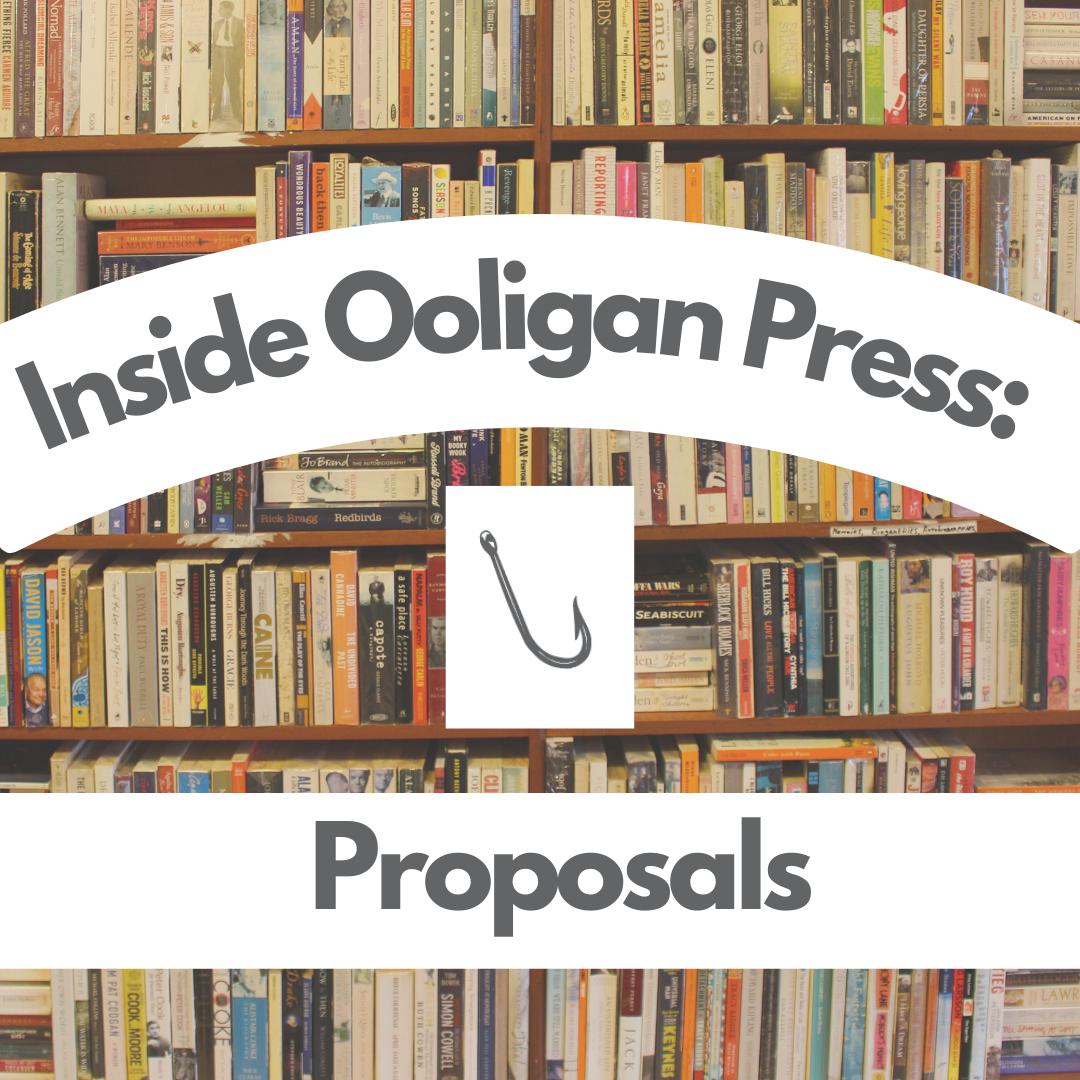How Audiobooks Make it to Your Favorite Platforms
Rights holders, a term used to describe the person or publishing company with the rights to an audiobook, may choose one distributor over another for various reasons. It may be that the distributor offers the full production and distribution package, that their royalty rates are higher than those of their competitors, or that their audiobooks are accessible on different platforms than their competitors.





